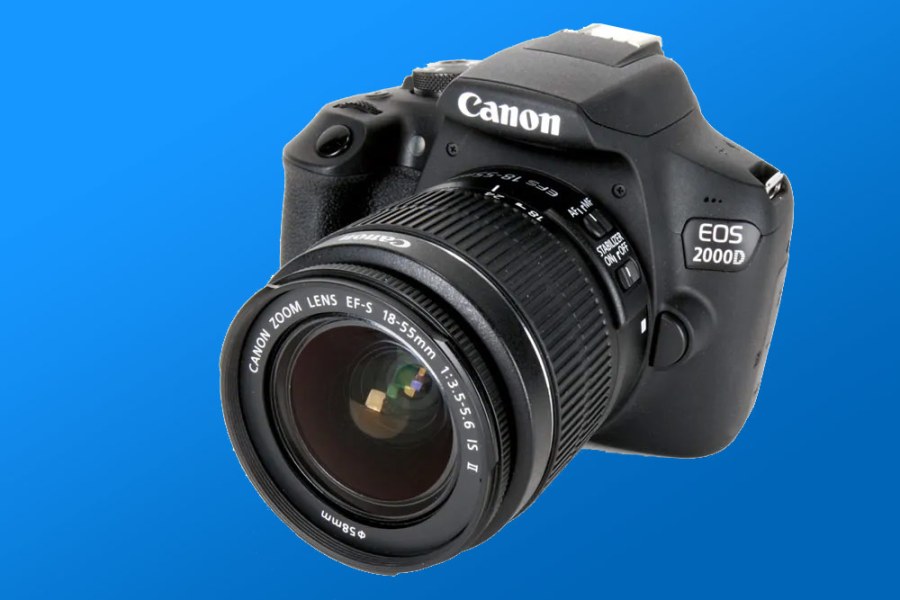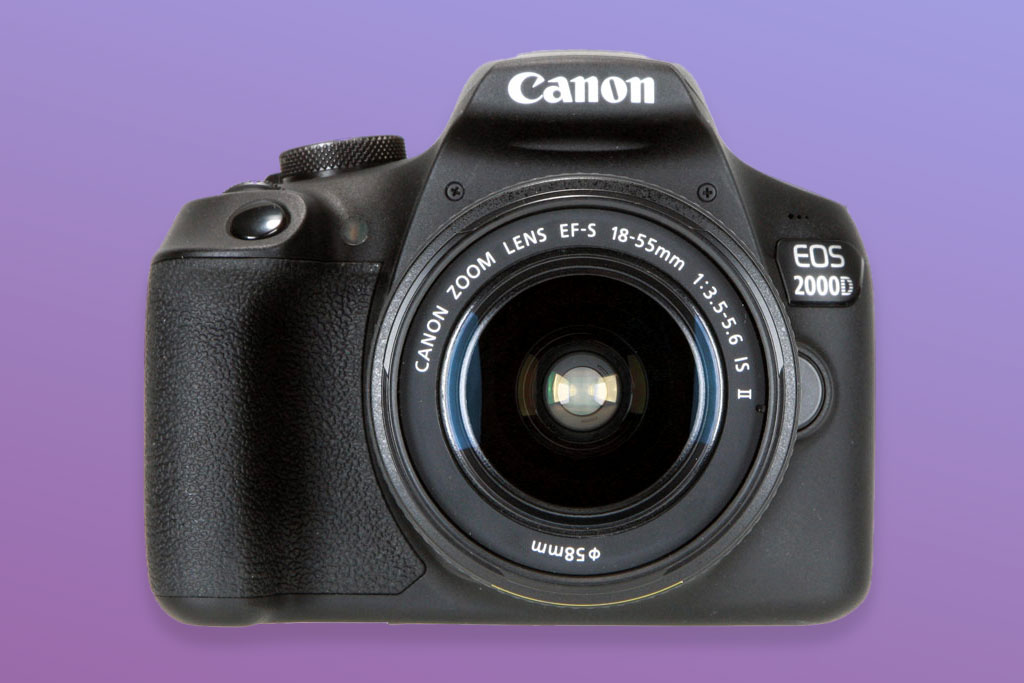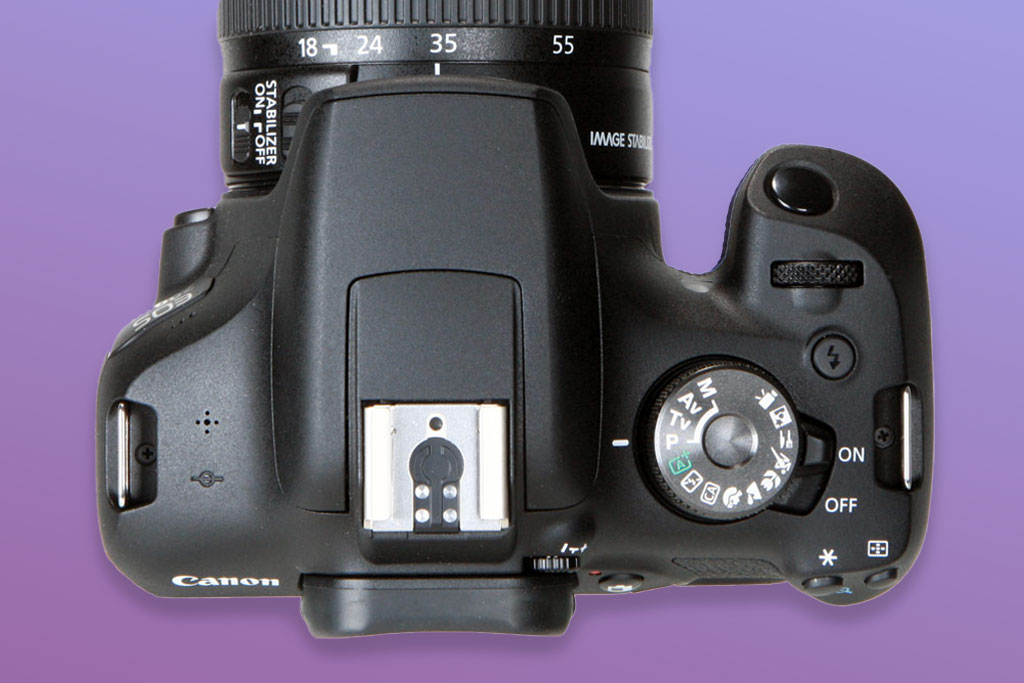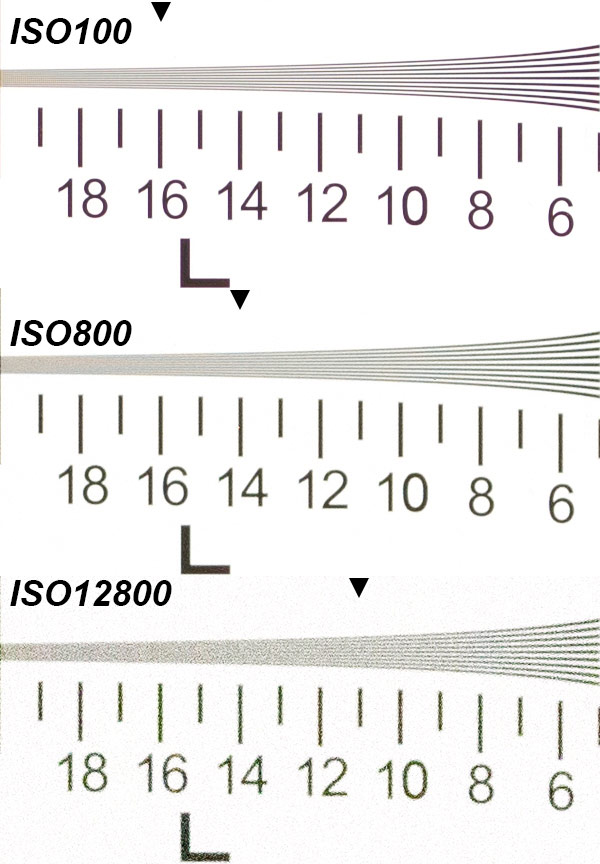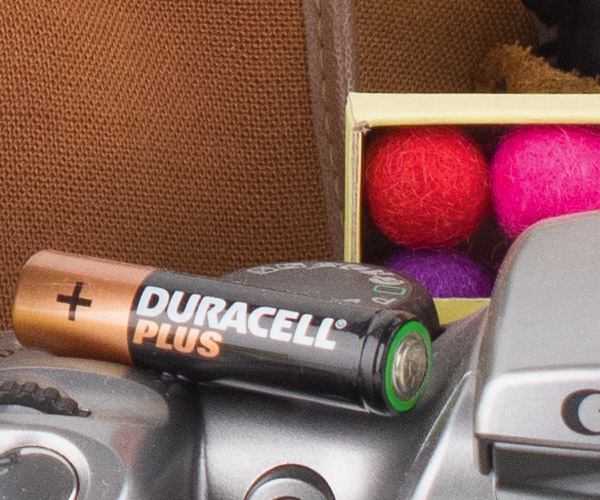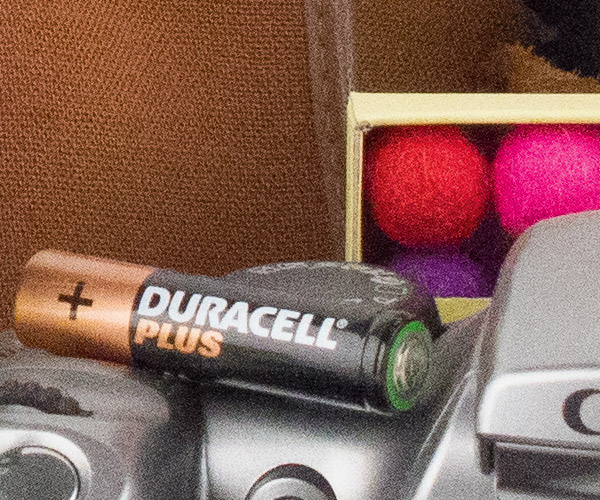The Canon Rebel T7 / EOS 2000D is the middle child of a DSLR trio Canon released in 2018. A slight step up from the Canon EOS 4000D, it’s a good starting DSLR for beginners or those on a budget. It made it onto our list of best Canon DSLRs; so let’s zoom in a little closer:
Amateur Photographer verdict
A solid entry-level camera that comes at a very affordable price point. Despite its shortfalls it can be a good choice if you you are looking to buy a Canon DSLR on a budget- Affordable and easy to use
- Very good image quality
- Significant step up from 4000D
- Slow focus in live view
- Feels a bit plasticky
- 200D is better value for money
Canon EOS 2000D / Rebel T7 at a glance:
- 24.1MP APS-C sensor
- from $305 / £345 used body only, $479 / £489 with 18-55mm lens
- 9-point AF system
- Wireless functionality
- ISO 100-6400 (12,800 expanded)
- Records up to Full HD (1080p) video at 30fps
In an attempt to diversify the firm’s entry-level offering, the trio consisted of the ultra-cheap, stripped-down Canon EOS 4000D or Rebel T100, which had a rather lowball 18MP resolution. On the other end was the 4K-capable Canon EOS 250D or Rebel SL3, an upper-entry-level DSLR whose reputation holds firm today. And sitting in the middle was the Canon EOS 2000D / Rebel T7.
Well, sort of in the middle. Truthfully, the EOS 2000D is closer in spirit to the Canon EOS 4000D. It’s basically the same proposition in terms of its 9-point AF system, its 100-600 native ISO range and its Full HD 30p video limit. The real internal difference is in the resolution; as opposed to the meagre 18MP on the EOS 4000D, the EOS 2000D sports a rather more generous 24.1MP, giving users a lot more latitude for printing and cropping into images.
These days the EOS 2000D / Rebel T7 costs roughly the same as the EOS 4000D. Meanwhile, you’d pay around $450 / £400, body only, for a Canon EOS 250D / Rebel SL3.
Everyone loves a middle option, but is the EOS 2000D worth its asking price? Is it one of the best value DSLRs you can buy, or is that cut price too good to be true? We investigate the capabilities of this small DSLR in our Canon EOS 2000D / Rebel T7 review…
Alternatives and Rivals
We’ll return to alternatives to the Canon EOS 2000D in the Canon stable in due course. For now, how does the EOS 2000D measure up on the wider market?
An obvious comparison is in the Nikon DSLR line, Canon’s main direct rival. This trio from Canon can be directly compared to the 24MP Nikon D3500, which currently runs up to around $400 / £470 with a lens on the second-hand market. It’s an excellent DSLR that makes for a pleasant learning experience, and beats the EOS 2000D on a number of factors: including its 11-point AF system rather than the EOS 2000D’s 9-point one.
Look into the world of mirrorless and you can find a number of well-priced cameras that make for tempting beginner options. The Sony A6000 is an apt example, generally costing around $450 / £360 second-hand, and delivering a few markedly better features than the cheaper EOS 2000D: including an 11fps burst rate.
Something like the Panasonic LUMIX DMC-G7 could also fit the bill; it can currently be picked up new with a 14-42mm lens for around $740 / £500, though is much more video-focused than the EOS 2000D.
Features
In its key hardware components and headline specifications, the 2000D is almost identical to the Canon EOS 1300D that it succeeded from 2016. The main difference between them is that the 2000D comes with a 24.1MP APS-C CMOS sensor compared to the 1300D’s 18MP chip.
Elsewhere, there is little to separate the 2000D and 1300D. For example, the 2000D comes with the same DIGIC 4+ image processor found inside the 1300D: the upshot of which is that its performance is not significantly enhanced.
Sensitivity also remains unchanged, with the 2000D providing a native range of ISO 100-6400 plus an extended setting equivalent to ISO 12,800. By way of comparison, the older Canon 200D can be extended to the equivalent of ISO 51,200, while the aforementioned Nikon D3500 offers a maximum setting of ISO 25,600.
Video recording abilities also remain at 1080p Full HD capture at 30fps, backed up by 720p HD capture at 60fps and VGA capture at 30fps. This puts the 2000D slightly behind both the Nikon D3500 and Canon 200D, both of which can record Full HD video at up to 60fps.
Focal Points
- Picture styles: These JPEG-processing effects can be used to give your images a certain look. There are six to choose from: Auto, Standard, Portrait, Landscape, Neutral and Faithful. In addition, you can tweak the sharpness, contrast, saturation and colour tone settings.
- Wi-Fi/NFC connectivity: In addition to built-in Wi-Fi, the 2000D also provides NFC connectivity. The Canon Camera Connect app is free to iOS and Android users and allows you to transfer images as well as control the camera remotely from your smart device.
- Creative filters: The 2000D has five creative filter effects: grainy B&W, soft focus, toy camera, miniature effect and fisheye. They aren’t used at the point of capture, but applied when the camera is in Playback mode.
- Auto Lighting Optimizer: Found inside the main menu, this processing tool is designed to lighten shadow areas when the camera is faced with backlit subjects or high-contrast situations.
- Built-in flash: With a guide number of 9.2m at ISO 100, the 2000D’s pop-up flash can be called upon to illuminate close-by subjects in poor light. There’s a hotshoe on top of the pop-up flash, which allows you to use more-powerful flashguns.
- Creative Auto mode: Located on the exposure-mode dial, Creative Auto provides an easy way of controlling depth-of-field settings through the use of simplified slider controls.
On the back, the 2000D has a 3in 920k-dot LCD display that is vastly superior to the 2.7in/230k-dot display of the 4000D. Unlike the 200D and 250D, however, it is fixed in place and lacks any touch functionality.
Above this sits a pentamirror viewfinder that provides 95% coverage. While it’s bright and clear, it is small compared to those found on higher-end DSLRs, at 0.5x equivalent magnification.
In addition to the standard quartet of PASM exposure modes, the 2000D provides a fully automatic Scene Intelligent Auto mode for point-and-shoot duties, alongside a Creative Auto mode for simplified depth-of-field control.
The exposure-mode dial is rounded off by a Forced Flash Off mode and six individual Scene positions: Portrait, Landscape, Close-up, Sports, Food and Night Portrait.
For JPEG image-processing options, the 2000D offers Canon’s shadow-boosting Auto Lighting Optimizer, plus the usual array of Picture Styles that can be used to adjust contrast, saturation and sharpness.
Body and design
In size, weight and general appearance, the 2000D is all but identical to the 1300D. Encased within a polycarbonate shell, it’s relatively well protected from the kind of occasional bumps most cameras sustain over time, on top of which it also benefits from a metal lens mount.
As we’d expect of an entry-level DSLR at this price point, the 2000D isn’t weather-proofed, so care in wet weather is required.
Aesthetically, the 2000D stays true to Canon’s principle of functional design, with its curved edges and matt-black finish giving it a relatively clean and modern look. As with its predecessor, it feels quite plasticky, though.
Thanks to its textured grip and sculpted thumb rest, the 2000D sits nicely in the hand, and feels well balanced with the 18-55mm IS II kit lens attached.
Compared to the 4000D, the 2000D boasts a relatively generous array of buttons, all of which are well spaced, relatively large and clearly labelled.
The four buttons that comprise the d-pad provide direct access to ISO, Autofocus, White Balance and Drive Mode settings. To the left of these is a useful Quick Menu button (marked ‘Q’), which can be used to call up an intuitive menu that’s tailored to the camera’s current exposure mode.
While it lacks any user-assignable function buttons, you do get an AE-Lock button, which is a nice touch for an entry-level camera. Canon has chosen to remove the graphical user interface found on the 200D altogether, which seems an odd decision given the 2000D’s entry-level positioning.
It does, however, come with a feature guide that offers simplified explanations of what the camera’s various modes and features do as you switch between them.
Performance
Given that the 2000D increases resolution to 24MP but employs the same DIGIC 4+ processor as the 1300D, it’s no great surprise to discover that the camera isn’t speedy. Continuous shooting, for example, maxes out at 3fps which is slower than the Canon 200D, 250D and Nikon D3500, both of which can shoot at 5fps.
At 3fps we were able to capture around 40 consecutive full-size JPEGs before the buffer filled and the speed dropped, while in raw this fell to around 10 consecutive images.
In raw + JPEG, we were only able to capture around six or seven consecutive frames before the camera began to stutter.
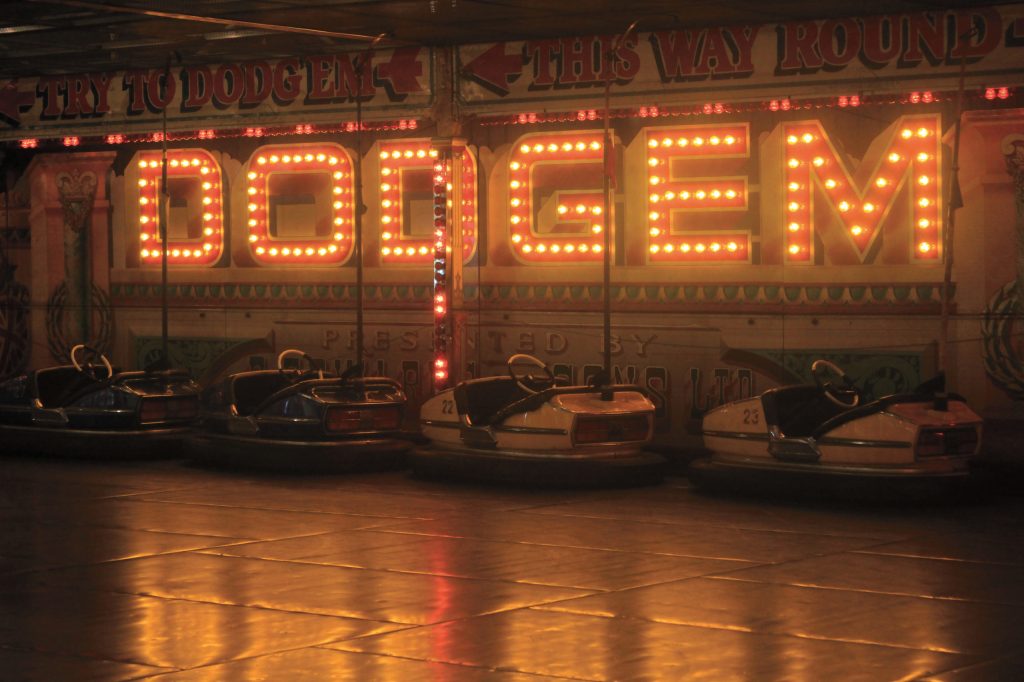
Autofocus through the viewfinder is taken care of via the same 9-point phase-detect module used by the 1300D (and also the 4000D/200D). While perfectly functional, this now feels rather dated.
Despite relatively limited coverage, focus acquisition is both fast and accurate, especially when shooting static subjects. In live-view mode, it’s a different story altogether, with the 2000D’s contrast-detect system being painfully slow to acquire focus even in good light. In this respect, Canon’s decision not to bestow the 2000D with the Dual Pixel on-sensor phase-detection technology offered by the 200D and 250D strikes us as a missed opportunity.
With the supplied 18-55mm IS II kit lens attached, focusing is also rather noisy, which is something to bear in mind when shooting video, especially given the 2000D’s lack of an external microphone input.
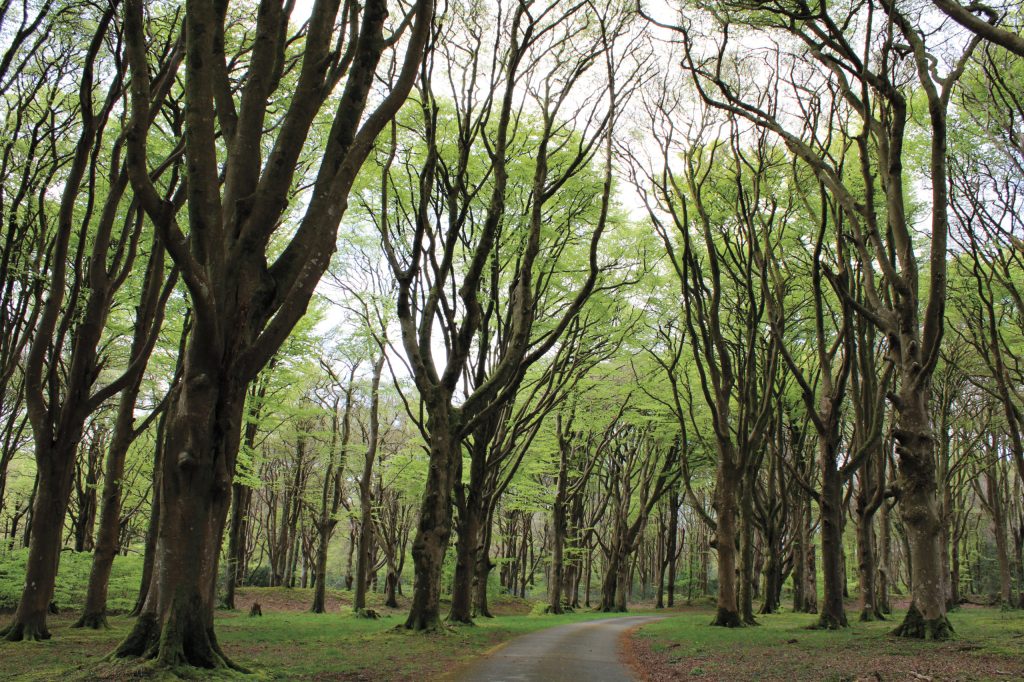
As we’d expect, the 2000D’s APS-C sensor delivers very good image quality, producing clean and attractive JPEGs, especially at lower sensitivities.
The additional resolution that the 2000D enjoys over the 1300D and 4000D is also useful for those looking to make larger prints or crop more aggressively into images without sacrificing overall image quality.
Metering from the 63-zone metering module is generally reliable, while automatic white balance metering is consistently on point, producing accurate and lifelike colour.
Resolution
At ISO 100 and shooting in raw, the 2000D’s 24.2MP APS-C sensor is able to resolve 3,200l/ph. Raising the sensitivity to ISO 800 produces a figure of 2,800l/ph.
At higher ISO settings, sharpness falls off more rapidly, with ISO 6400 producing a figure of 2,400l/ph and ISO 12,800 resolving 2,200l/ph.
ISO and Noise performance
In-camera JPEG processing gives excellent results between ISO 100 and ISO 200, with no traces of noise even when viewing images at 100%. By ISO 400 and 800, some minor artefacts are visible in shadow areas at 100%.
By ISO 1600, softening is slightly more pronounced, but images remain good overall. At IS0 3200 the softening effects of noise become more noticeable, increasing further by ISO 6400.
Canon EOS 2000D / Rebel T7 – Verdict
There’s no doubt that the Canon EOS 2000D / Rebel T7 is a solid enough entry-level camera, yet there’s little about it that really stirs the senses. While it is an affordable entry point into the Canon EOS DSLR system, it provides only an incremental upgrade over the 1300D. In terms of the competition, the Nikon D3500 is superior to it in many ways.

The main issue, however, isn’t so much competition from rival DSLR manufacturers or indeed from the mirrorless segment but rather from one of Canon’s own other entry-level models.
While the 2000D is a solid enough camera in its own right, the 200D/250D is much better value for money if you can extend your budget, especially when the 250D offers 4K video.
The 200D is from 2017, yet the resolution and image quality between it and the 2000D are all but indistinguishable; on top of which it is a much more refined and feature-rich camera.
If your budget simply won’t stretch that far, and you’re determined to buy into the Canon DSLR system, then the Canon EOS 2000D / Rebel T7 remains a solid if unspectacular alternative.
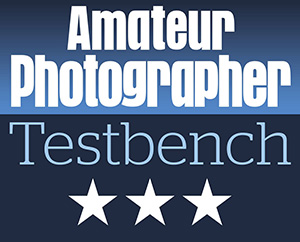
For more options have a look at the Best Canon DSLR cameras, and the best Canon EF mount lenses.
Related reading:
- Canon EOS 90D review
- Canon EOS 5D Mark III review – full-frame bargain DSLR
- Best cameras under £500 in 2025
Follow AP on Facebook, X, Instagram, YouTube and TikTok.
Review by Audley Jarvis, with contributions from Jon Stapley.

